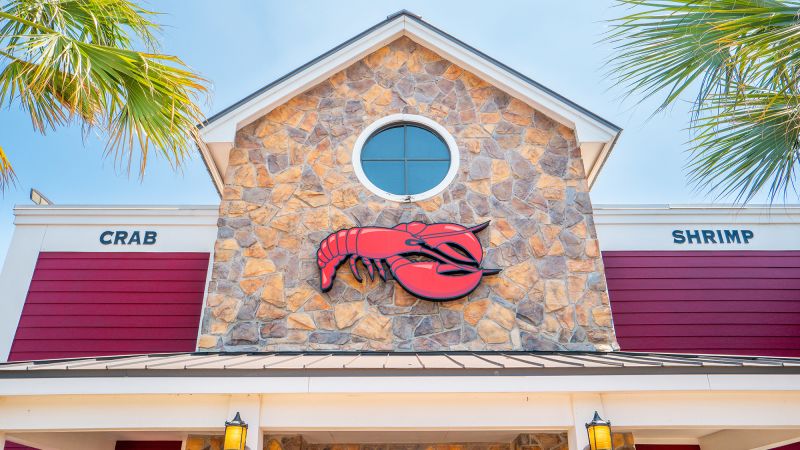Red Lobster, a popular seafood restaurant chain known for providing affordable shrimp and lobster to middle-class Americans, recently filed for bankruptcy due to having over $1 billion in debt and minimal cash on hand. Their plan to sell the business to lenders and receive financing to stay afloat includes the closure of some of their nearly 600 restaurant locations. In the weeks leading up to the bankruptcy filing, the chain abruptly closed around 50 locations across the United States.
Red Lobster has now identified several dozen additional locations that are in danger of closing if the court approves their plan. The list of at-risk restaurants was revealed in court filings and includes some iconic locations such as the one in Times Square. These locations could be shuttered if they are unable to renegotiate their leases, adding to the already closed locations from May.
The list of endangered Red Lobster locations spans multiple states, involving places such as Tuscaloosa, Flagstaff, Fayetteville, Phoenix, and many others. Each location faces the threat of closure as the company moves forward with its bankruptcy and restructuring plan. The chain aims to restructure its operations and finances in order to regain stability and prevent further closures in the future.
The potential closures could have a significant impact on communities where Red Lobster restaurants are located, as they provide jobs and dining options for residents. While the company seeks to emerge from bankruptcy and continue serving customers, the closures are a necessary step in the restructuring process. The chain’s presence in the seafood restaurant industry has been a staple for many Americans, and the hope is to preserve as much of the brand as possible through this challenging period.
As Red Lobster navigates its bankruptcy proceedings and plans for the future, the fate of the identified locations remains uncertain. The restaurant chain will need to work with landlords and stakeholders to reach agreements that allow the at-risk locations to remain open or potential new owners to take over the properties. The closures are part of a broader effort to stabilize the business and ensure its long-term viability in a competitive restaurant industry.
In conclusion, Red Lobster’s bankruptcy and potential closure of additional restaurant locations signals a challenging period for the chain as it seeks to overcome financial struggles. The list of endangered locations includes a mix of iconic and lesser-known establishments, all facing the possibility of shutting down if lease renegotiations are unsuccessful. The chain’s future will depend on successfully navigating the bankruptcy process, restructuring its operations, and finding a path forward that allows it to continue serving customers and contributing to the restaurant industry.













